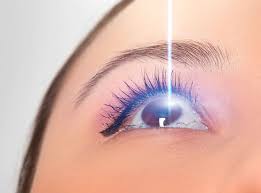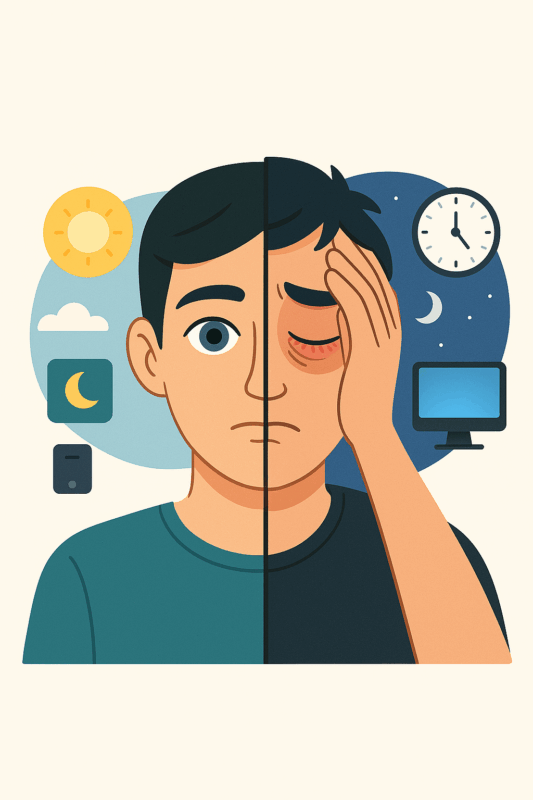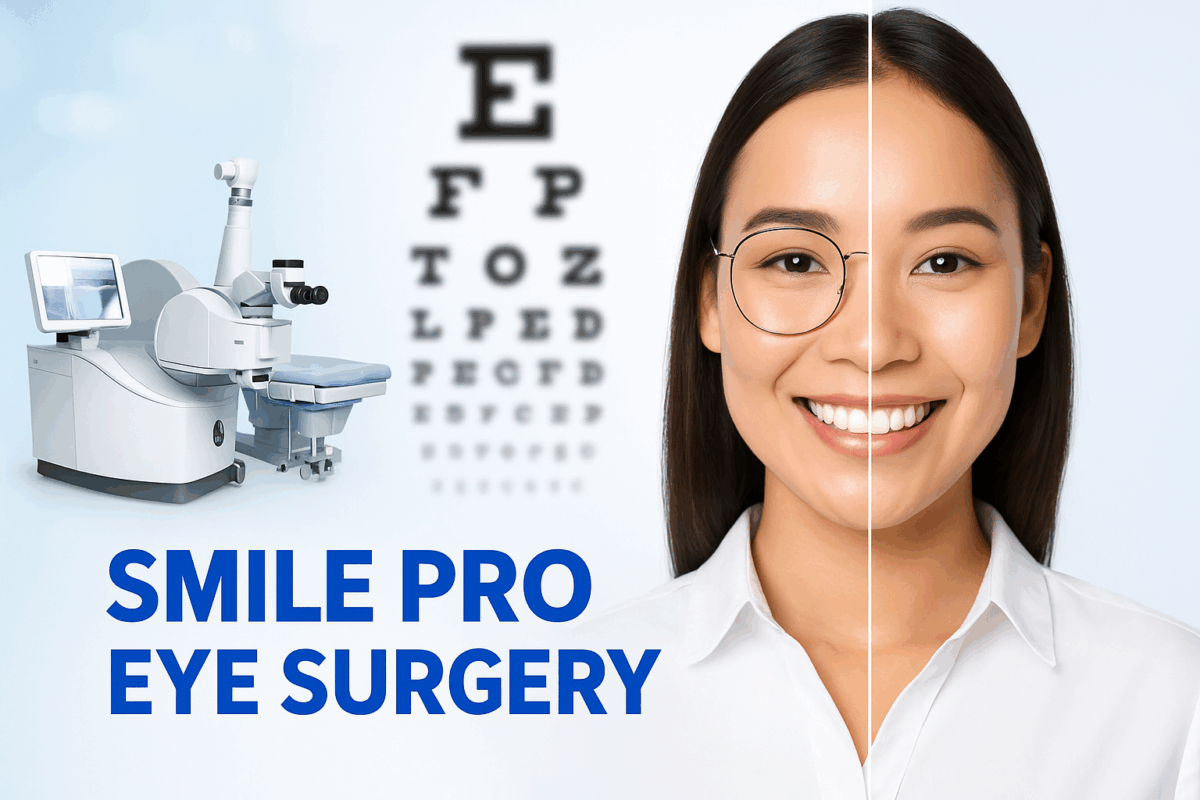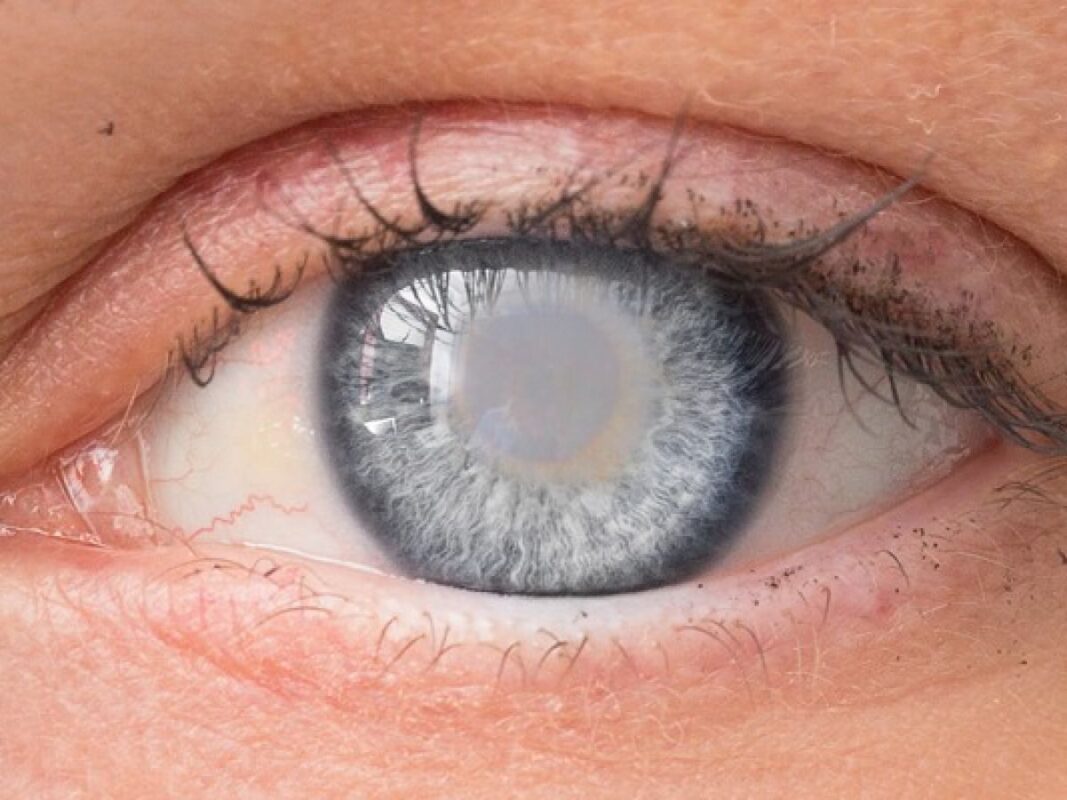Introduction:
Small Incision Lenticule Extraction (SMILE) eye surgery is a modern, minimally invasive laser vision correction procedure designed for individuals with myopia (nearsightedness) and astigmatism. smile eye surgery age limit As a revolutionary alternative to LASIK, SMILE offers a faster recovery time and reduced post-surgery complications.
However, not everyone is eligible for this procedure. One of the key factors determining suitability is age. Understanding the age limit for SMILE eye surgery is crucial for those considering vision correction.

Minimum Age Requirement for SMILE Eye Surgery:
Most ophthalmologists recommend that candidates for SMILE surgery should be at least 18 years old. This is because vision continues to develop and stabilize during adolescence. Performing laser eye surgery on individuals younger than 18 increases the risk of prescription changes and the need for future corrective procedures.
Why is 18 the minimum age?
Stable Vision: Most people’s eyesight stabilizes by their late teens or early 20s.
Eye Growth: The cornea and other parts of the eye continue to develop until adulthood.
Reduced Risk of Regression: Early intervention may lead to vision changes post-surgery, requiring additional corrections.
Some doctors may prefer to wait until a patient is 21 years old to ensure complete stability of their vision.
Maximum Age Limit for SMILE Eye Surgery:
There is no strict upper age limit for SMILE surgery, but suitability depends on eye health and overall medical condition. Many patients in their 40s and 50s can undergo the procedure, but some factors must be considered:
Age-Related Factors Affecting Eligibility:
- Presbyopia (40+ years): People over 40 may develop presbyopia (age-related difficulty in near vision). SMILE does not correct presbyopia, so reading glasses might still be needed after surgery.
- Cataracts (50+ years): If a patient has cataracts or is at high risk of developing them, SMILE may not be the best option. Cataract surgery might be a more suitable solution.
- Dry Eyes: Older individuals are more prone to dry eyes, which can impact post-surgical comfort.
- Corneal Thickness & Health: A detailed eye examination will determine if the cornea is suitable for surgery.
Best Age Range for SMILE Eye Surgery:
Ideal Age: 18 – 40 years
Possible Candidates: 40-50 years (if no presbyopia or cataracts)
Not Recommended: 50+ years (unless the eyes are exceptionally healthy)
Other Eligibility Criteria for SMILE Eye Surgery:
In addition to age, candidates must meet the following requirements:
Stable Eye Prescription: No significant changes in vision for at least 12 months before surgery.
Myopia (-1.00D to -10.00D): SMILE is mainly recommended for individuals with mild to high myopia.
Astigmatism (up to -5.00D): Suitable for patients with moderate astigmatism.
Healthy Cornea: The cornea must be of adequate thickness and free from scarring or irregularities.
No Active Eye Diseases: Conditions like glaucoma, severe dry eye syndrome, or keratoconus may disqualify a candidate.
No Autoimmune Disorders: Conditions like rheumatoid arthritis, diabetes, or lupus can affect healing.
Conclusion:
SMILE eye surgery is a highly effective vision correction procedure, but age plays a crucial role in determining eligibility. While 18-40 years is the ideal range, older individuals may still qualify depending on their eye health. A comprehensive eye examination with an experienced ophthalmologist will help determine if you are a suitable candidate for SMILE surgery.
Key Takeaways:
Minimum age for SMILE surgery: 18 years (some doctors prefer 21).
Best age range for surgery: 18-40 years.
Beyond 40 years, presbyopia and cataracts may affect suitability.
Consultation with an eye specialist is essential before making a decision.











